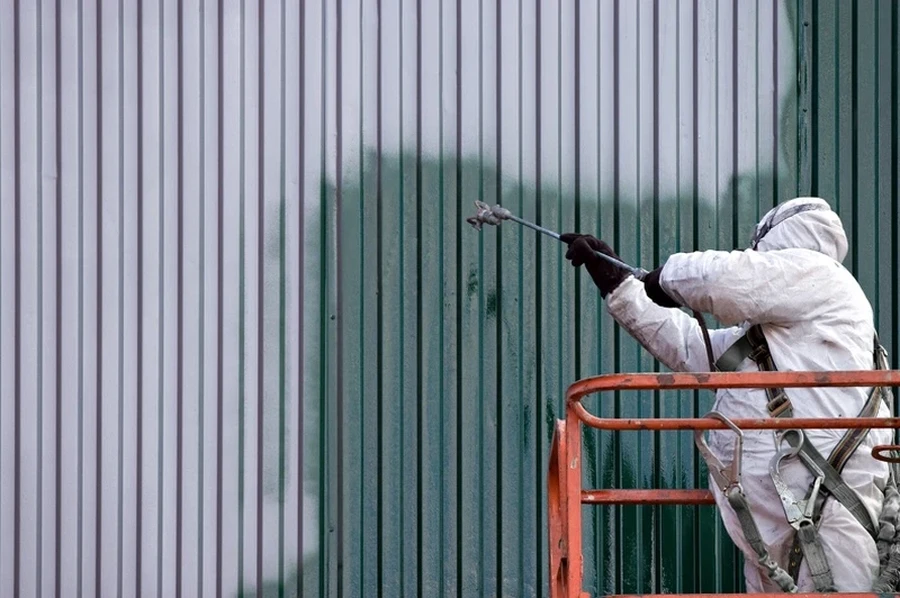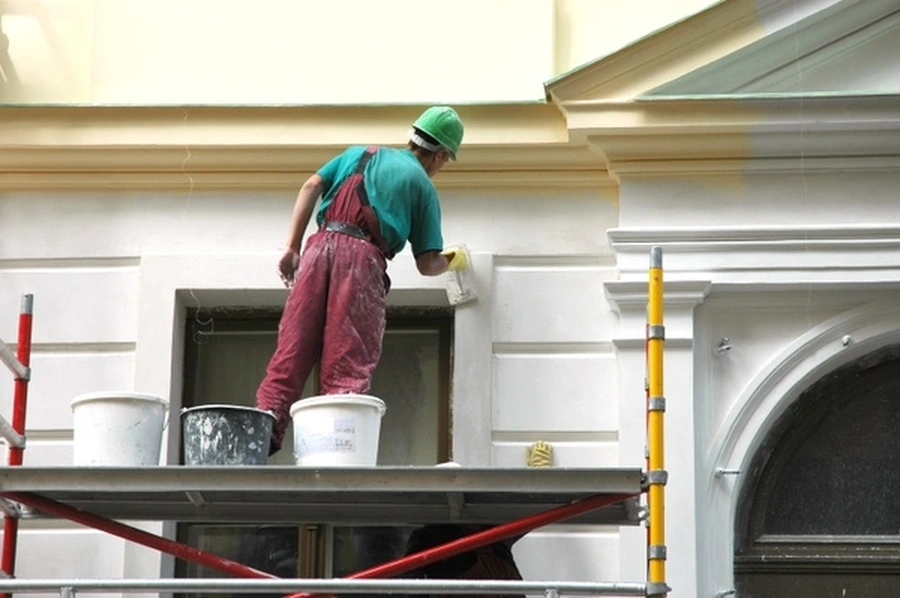Understanding the Two Types of Paint Jobs
Painting projects can transform spaces, but not all painting jobs are the same. Understanding the differences between interior and exterior painting is crucial for achieving optimal results. These two types of painting serve different purposes and face distinct challenges due to their unique environments. Knowing what each involves will help you choose the right approach for your project.

Location Challenges in Interior Painting
Interior painting focuses on enhancing the beauty of indoor spaces. It involves selecting colors that complement furnishings and create a desired ambiance. The paint used here needs to withstand cleaning while providing a smooth finish. Considerations such as light exposure and room use play significant roles in choosing the right paint type and color.
Weather Resistance Factors in Outdoor Projects
For tasks related to exterior painting, weather conditions become a primary concern. Exterior paints must endure rain, sun, wind, and temperature changes without peeling or fading. This means they require special formulations with protective ingredients like UV blockers and water resistance. Choosing the right paint ensures longevity and protects the building’s structure.

Paint Composition Differences
The composition of paints used in interior and exterior settings varies significantly. Indoor paints prioritize low odor and easy cleanability, focusing on safe application within enclosed spaces. They often contain fewer volatile organic compounds (VOCs) for healthier air quality indoors. Conversely, exterior paints are fortified with additives that enhance durability against elements, ensuring they maintain color and form over time.
Cost Implications and Budgeting
Budget considerations differ when comparing these painting types. Interior painting costs can vary based on square footage and design complexity. However, exterior work may involve additional expenses such as scaffolding or surface preparation tools to handle weathered conditions. Understanding these factors helps in setting realistic budgets for your painting projects.
Preparation Processes for Each Type
Preparation steps also differ between interior and exterior projects. Indoors, furniture needs covering and surfaces require cleaning for proper adhesion. Exteriors demand more intensive prep, including scraping old paint, sanding rough areas, and applying primers that anchor new coats effectively. Proper preparation ensures both durability and aesthetic appeal.
- Cover furniture and floors indoors
- Scrape and sand exteriors thoroughly
- Use appropriate primers for each surface type
Tools and Equipment Specifics
Different tools cater to these varied painting needs. While roller brushes suit large indoor walls, outdoor tasks might need sprayers for reaching high places or uneven textures. Specialized equipment ensures efficient application and consistent finishes, which saves time while delivering professional results.
Expert Advice and Recommendations
Consulting professionals provides valuable insights into best practices for either type of painting job. Experts can suggest suitable products tailored to specific project requirements, ensuring quality outcomes. Following industry standards regarding product choice and application techniques helps avoid common pitfalls associated with DIY attempts.
Your Next Step With Professional Painting Services
If you’re considering a painting project, whether inside or outside, partnering with skilled painters can make a significant difference. Located in Syracuse, NY, we specialize in delivering top-notch results tailored to your unique needs. Contact us at (315) 215-6783 to discuss how our expertise can bring your vision to life. At JMM Contractor, we’re committed to transforming your space with precision and care.
